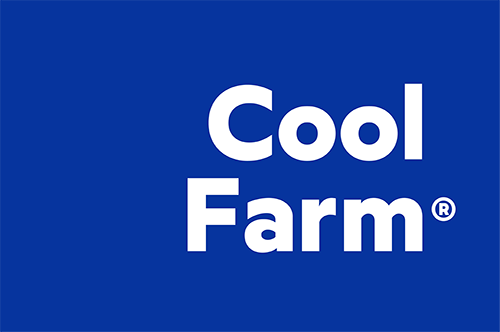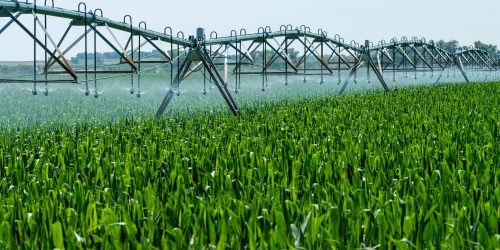As a kid, I always imagined what it would be like to step into the TV screen and into the world of my favourite show. Attending Climate Week was like that—taking the often-flat, two-dimensional realm of zoom calls, LinkedIn posts, journal articles, newsletters and stepping into a three-dimensional event where all the same characters, many of them luminaries in the digital world, were off the page, out of the screen and there to interact with in real life.
This act of building community to tackle climate change was one of the most salient themes of the week and one that Regen House, hosted and organised by HowGood and EIT Food, was deliberate about. Almost every event over four days on three floors of the Regen House building in New York, where many food and agriculture events were housed, started by saying Regen House might look and feel like a venue, but it is not. Instead, it is a community of people. The same and different configurations of these people may see each other at COP16 or COP29 or other international events and are on the journey together to build a regenerative food and agricultural system. The industry may not be on track yet to limit warming to 1.5°C, but if we can build community to act together, hope may not be lost.
Climate Week’s sense of shared purpose and collaboration brought a renewed sense of possibility.
The week was an unparalleled opportunity to meet many of the people who actively rely on the Cool Farm Tool (CFT) in their climate initiatives. It was truly heartening to see the Cool Farm Tool so well-known and appreciated throughout the ecosystem of climate, food and agriculture actors. What was even more exciting is seeing organisations run with it. Cool Farm Alliance members are incorporating the Cool Farm Tool into their own platforms, projects, and collaborations. This broad adoption brings a level of consistency and standardisation within the Measuring, Monitoring, Reporting, and Verification (MMRV) space, enabling more streamlined communication and alignment. Increasingly, we “speak the same language”. The Cool Farm Tool is now the calculation engine powering many of the world’s leading food and beverage companies, helping them measure, manage, and report greenhouse gas emissions in agriculture.
On Monday, Cool Farm sponsored a “nightcap” at Regen House, along with, Agreena and Producers Trust. During my remarks I highlighted that while many know the Cool Farm Tool as a robust calculation engine helping to fuel change initiatives within food and beverage companies, the Cool Farm Tool has always been more than a tool – it is a bridge between farmers and their corporate customers, between academics and industry. The academic literature estimates significant climate change mitigation potential available from agriculture. The Cool Farm Tool has been a way to ask farmers for their perspective.

Regen House Night Cap Session
During a panel discussion on Wednesday at the “Solutions for Scale” event, moderated by Tim Greiner from Pure Strategies, Inc. I joined Ryan Smith of Danone, Margaret Henry of PepsiCo, and Katie Anderson of EDF, exploring the challenges and opportunities of scaling Scope 3 emissions reduction efforts.
Tim asked, would agricultural emissions go up or down by 2030? What were likely to be the major breakthroughs that would make the difference? With representatives from some of the world’s largest food and beverage companies, one of the most powerful NGO’s and one of the most widely used calculation Tools, the questions were on point and discussion pointed to how many different initiatives it is going to take. No “one size fits all” and no letting “the perfect be the enemy of the good.” Both these conclusions play directly to the strengths of the Cool Farm Tool which allows users to tailor their suite of mitigation actions to their farms and quantifies the GHG reductions from these actions using the scientific consensus already available.
Attending Climate Week meant that many new stakeholders who could benefit from the Cool Farm Tool learned about the Tool and its ethos: credibility, scalability, transparency, and free access for farmers. Even as adoption grows, there is more work to be done in aligning metrics and standards across the industry. Climate Week offered the chance to connect with new partners, build alliances, and discuss ways to encourage broader adoption of shared methodologies.
The climate challenge remains urgent, but our conversations at Climate Week carried a sense of purpose and optimism. The core question on everyone’s mind was: what more can we do? Building community and driving collective action is at least part of the answer.









